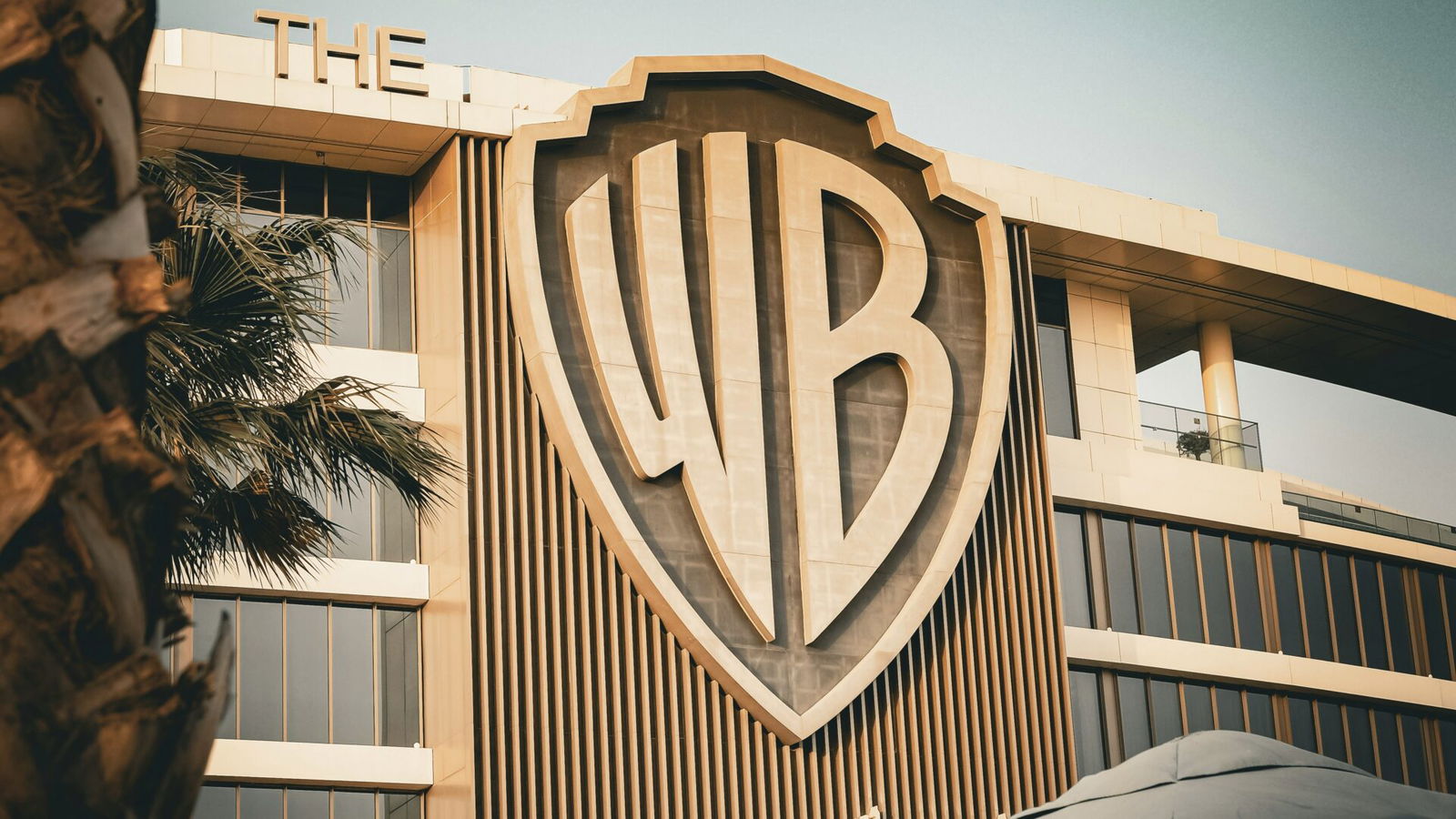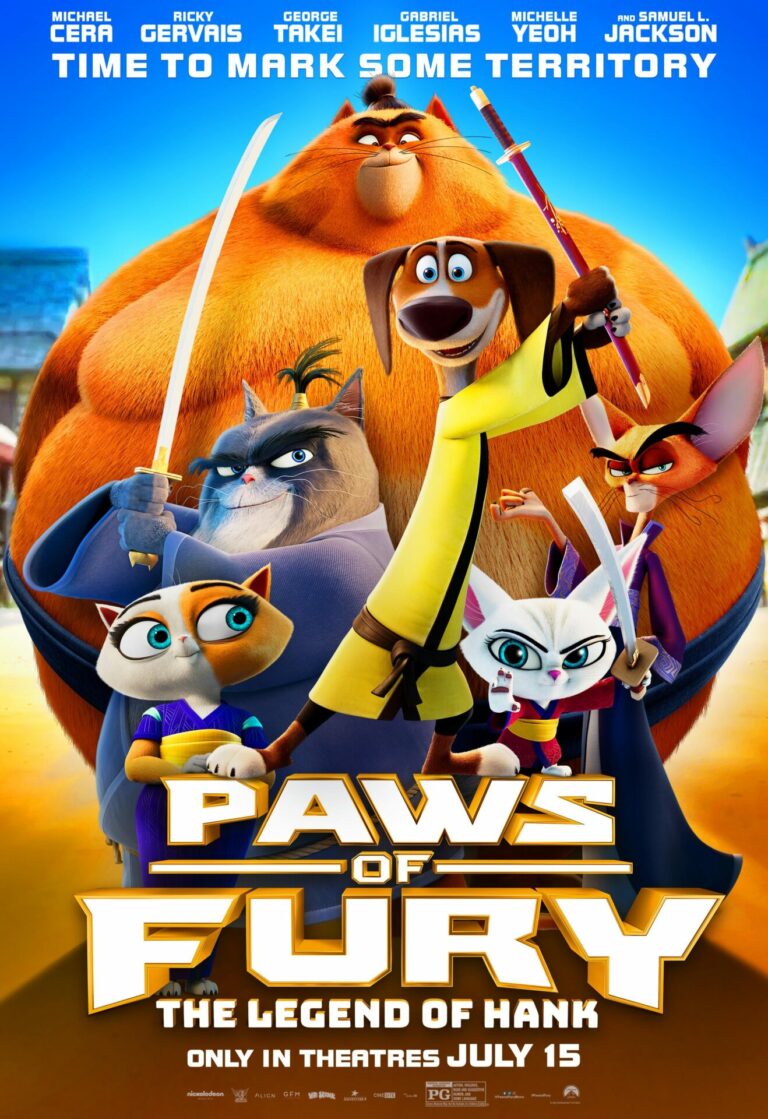
By Gavin Boyle
After announcing plans for a split six months ago, Warner Bros. Discovery (WBD) finally released a list that outlines exactly how its assets will be distributed when it divides into two distinct companies.
“By operating as two distinct and optimized companies in the future, we are empowering these iconic brands with the sharper focus and strategic flexibility they need to compete most effectively in today’s evolving media landscape,” said WBD CEO David Zaslav.
Zaslav will continue as CEO for the streaming and studio business that will emerge from the split whose assets will include Max, HBO’s linear TV channels, TNT Sports International, Warner Bros. Motion Picture Group, DC Studios, Warner Bros. Television Group, Warner Bros. Games, and studio production facilities in the U.K.
Meanwhile, the yet-to-be-named TV company will be led by Gunnar Wiedenfels, a CFO at WDB. This company’s assets will include TNT, TBS, OWN, HGTV, Discovery Channel, Cartoon Network, CNN, TNT Sports — which has rights to the MLB, the NHL, NCAA Men’s basketball, NCAA Big 12 football, Bleacher Report and Golf Digest.
Related: Warner Bros. Discovery to Split TV and Movie Business
The TV company will also take on the majority of the company’s debt which sits at $34 billion at the end of Q1 2025, however, the streaming and studio company will not come away debt free.
As linear TV continues to struggle in the streaming era, many experts believe that the WBD split will not be the last, especially as it is a vehicle to shed debt and shelter companies’ more valuable assets from potential bankruptcy. In WBD’s case, the TV company could easily go under without any effect on the streaming and studio business.
“There’ll be a great shedding first, and then there’ll be a reconnecting of other things,” predicted Starz CEO Jeff Hirsch. “A lot of [companies] are inward-looking and trying to figure out who they are and what they do well. Once they figure that out, then I think they’ll shed assets.”
Comcast has already signaled plans for a similar split, but Disney has been adamant that its linear TV assets are not a burden. Meanwhile, Zaslav is resolved that WDB’s split is not setting the TV side up for failure; rather it will free it to make more aggressive moves that would not otherwise be possible.
“Since the combination that created Warner Bros. Discovery, we have transformed our business and improved our financial position while providing world class entertainment to global audiences,” Zaslav said last December.
“We continue to prioritize ensuring our global linear networks business is well positioned to continue to drive free cash flow, while our streaming and studios business focuses on driving growth by telling the world’s most compelling stories,” he continued. “Our corporate structure better aligns our organization and enhances our flexibility with potential strategic opportunities across an evolving media landscape, help us build on our momentum and create opportunities as we evaluate all avenues to deliver significant shareholder value.”
There is some truth to the fact that splits like this could help save linear TV as it enables these linear TV companies to potentially merge together in the future, something that would never be possible if they stayed with their larger companies.
The WBD split is expected to be finalized by the middle of 2026.
Read Next: Why Did Comcast Spin Off Its Cable Channels?
Questions or comments? Please write to us here.


 - Content:
- Content: 

